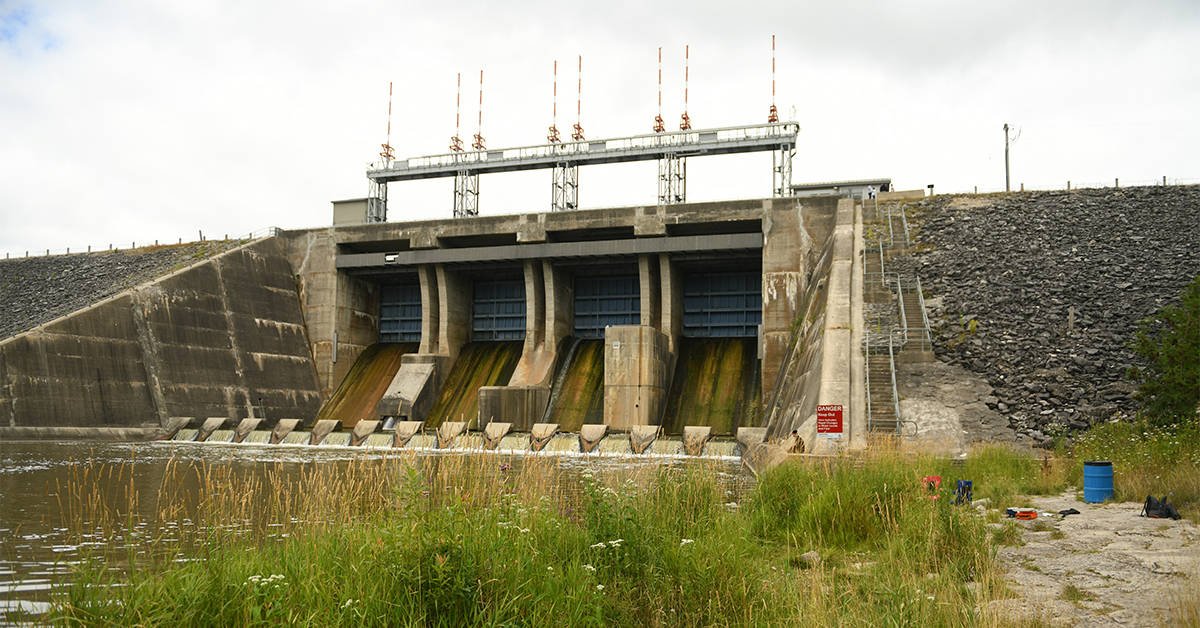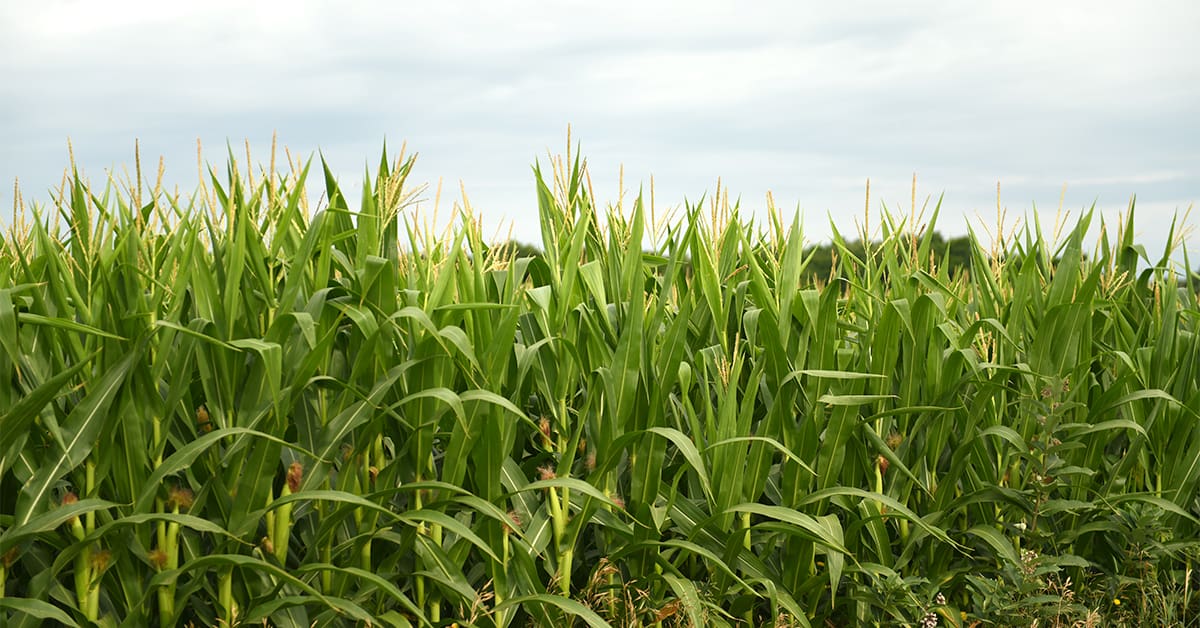Dry conditions have the Grand River Conservation Authority calling on residents to lower their water consumption by 20 per cent.
The watershed’s low-water status is currently classified at a “level two,” or “level orange.” This means that the amount of precipitation between mid-June and mid-July was less than 60 per cent of average precipitation for that time period, and/or flows are less than 50 per cent of their normal summer low flow.
Stephanie Shifflet, a water resources engineer with the GRCA, notes the watershed usually sees about 90 mm of rain in July, but as of last week it had seen only 23 to 45 mm of rain.
The Grand River Low Water Response team sent out the call for voluntary reduction of water usage. The team is made up of representatives of the watershed’s major water users, including municipalities, farmers, golf course operators, water bottlers, aggregate companies and others.
The water users within municipal areas are the biggest users of water in the watershed, said Shifflet.
“If you’re in a city, you’ll have different water users, but they’re all taking water from the same system. You’ll have your industrial and commercial users, you’ll have your residential, but they’ll all be under the umbrella of the municipal water system.
“And by and far across the watershed, the municipalities are the largest water users.”
Shifflet says residents and businesses can reduce the amount of outdoor water usages like watering lawns to help meet the 20 per cent reduction target.
The next level of lower water status is “red” or “level three.” This is when there is less than 40 per cent of rain than normal average amounts, and/or the water flow is less than 30 per cent of normal summer low flows.
“There are areas of the watershed that are kind of on the edge of that,” said Shifflet. “But we have been getting a little bit of periodic precipitation recently, so that has helped to maintain us at a level two. In some areas of the watershed, if stream flows get much lower, we could be into a level three situation.
“But we really have to go and have a longer-term discussion with the province once we get into level three conditions. But we might ask for more voluntary reductions if we continue to have a lack of precipitation.”
Shifflet says the GRCA staff anticipate there are already some areas of the watershed that are dry enough to cause damage to the natural environment.
“In the main river system, we augment flows from the reservoirs, and so as it continues to be dry, it’s harder and harder for us to augment those flows. And on the smaller river systems where there are no reservoirs, it’s just natural flowing water.
“And as this dry condition continues and continues, we’re seeing flows that are so low that it could be detrimental to the aquatic habitat. If we get drier even longer, we could see longer-term issues with water availability for both human and natural uses.”
That means that natural water users like fish will have a hard time living in the streams as the water heats up, reducing the amount of oxygen available, and becomes too shallow for them to physically move around, though she says she doesn’t believe streams will actually dry up.
“We probably won’t get to the dried up (point), but the fish not being able to move from areas of refuge – sometimes they stay in cooler parts of the water of the watercourse and then at night would move to another part – and so it becomes harder for them to move around. And the water will heat up as well. The lower that the water is, there’s just less water available to keep it cool.”
GRCA staff operate multiple dams to regulate water flow in the watershed, such as at Conestogo Lake, Guelph Lake, or the Shand Dam at Belwood Lake. GRCA staff have increased flows coming from the large reservoirs to ensure there is enough water flow to maintain the natural environment, safely operate wastewater treatment facilities and also provide drinking water for population centres like Waterloo Region, Brantford and the Six Nations of the Grand River.
Shifflet suggests there is no danger of running out of water for these essential operations this year, but says issues would arise in the case of a multi-year drought.
“The way that the whole system was designed with the reservoirs has that balance built into it. But what happens if you have multiple years of drought? So we’re really low this year, and the reservoirs don’t get filled in the spring, and then the next year we start with a deficit? That’s when you start to look at those questions. And before we get anywhere close to that we would be convening all of the water managers within the watershed to discuss the situation before we get there.”









